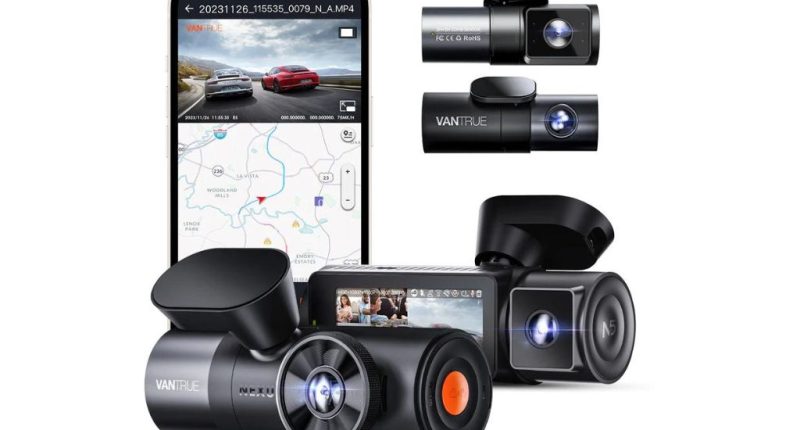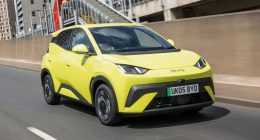Dash cams are increasingly being used by motorists in the war against bogus and no-fault claims and, what is more, footage is quickly becoming the crucial piece of evidence police look for when apportioning blame.
But as well as providing an independent and factual record of the events leading up to a potentially costly accident, some insurers will even offer drivers a discount on their premium if they install one.
If you know you are on the correct side of the law the footage will confirm this and therefore make settling claims easier whilst keeping your all-important no-claims bonus intact. Furthermore, a dashcam is widely viewed as a crucial weapon in the fight against ‘crash for cash’ or bogus whiplash claims.
Cheaper premiums with a dash cam are possible because it tells the insurer you are happy for your driving to be scrutinised should the need ever arise and, as mentioned above, prove who is guilty of blame in a smash.
Thirdly, those dash cams with cloud storage can make it easier for police to set about recovering your car in the event that it is broken in to and stolen, or entry is gained through ‘signal cloning’ – a practice that involves criminals using relay devices to make a car’s system think that a key is nearby by cloning this signal and relaying this to unlock the door and start the engine.
Incidentally, this can be prevented by placing keys in a ‘Faraday’ pouch as their lining prevents the signal being detected and copied. Widely available and sold in different shapes and sizes, these cost from as little as £6.
So, which dash cam is best? Ultimately, that depends on your needs and your budget as these range in price from £100 to over £300 for the 4-channel Vantrue Nexus 5.
At £319.99 before shipping, it is not what you would call cheap, although the ‘5’ is a well thought-out piece of kit and arguably justifies the extra investment. It is worth mentioning you can opt for the front-facing dash camera by itself, with a quick Google search returning a £300 asking price.
This all-singing all-dancing product features a front-mounted dash cam that records the road ahead and a secondary lens that has four infrared LEDs and 45-degree rotation to monitor the driver and front seat passenger area.
The rear-mounted camera focuses on events directly behind the car whilst a second lens – again with four infrared LEDs – covers the second row of seats and activities out of the rear passenger windows.
Powered by Novatek’s “high-level chipset”, the Nexus 5 is certainly not light which, depending on how you look at it, is either good (sturdy and built-to-last) or bad (weighty and requires lots of car storage).
Although this is a two-piece set-up, the power lead from the main camera needs to be taken from the front of the car to the area above the parcel shelf; ideally, you would tuck this in to the roof lining but admittedly this isn’t a five-minute job and will require some patience and pre-planning.
Once securely fixed in place, users can tilt the front camera up or down and move it left or right depending on which side of the road you are driving and what area you want the camera to focus on.
Other features include a journey logger that details start and end time, distance covered, altitude, average and maximum speed, and total mileage. A built-in ‘take photo’ voice command, 24-hour parking monitoring, and collision detection that logs the offending vehicle’s number plate when a bump is detected are just some of the other highlights.
Slides can be accessed via a smartphone app which also also allows for over the air updates to be applied. Alternatively, via the supplied cable, and after installing the appropriate operating software, your Nexus 5 can be hardwired to your PC or laptop for checks and file saving purposes.
In Gear has been supplied with a Nexus 5 demonstrator from Vantrue and will report back over the coming weeks with a detailed summary of its pros and cons and, ultimately, a recommendation as to whether you should choose it or look elsewhere.









